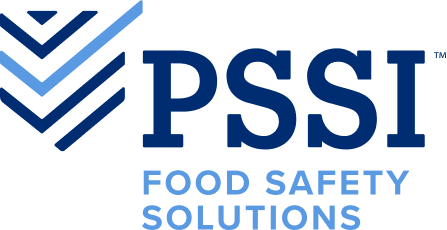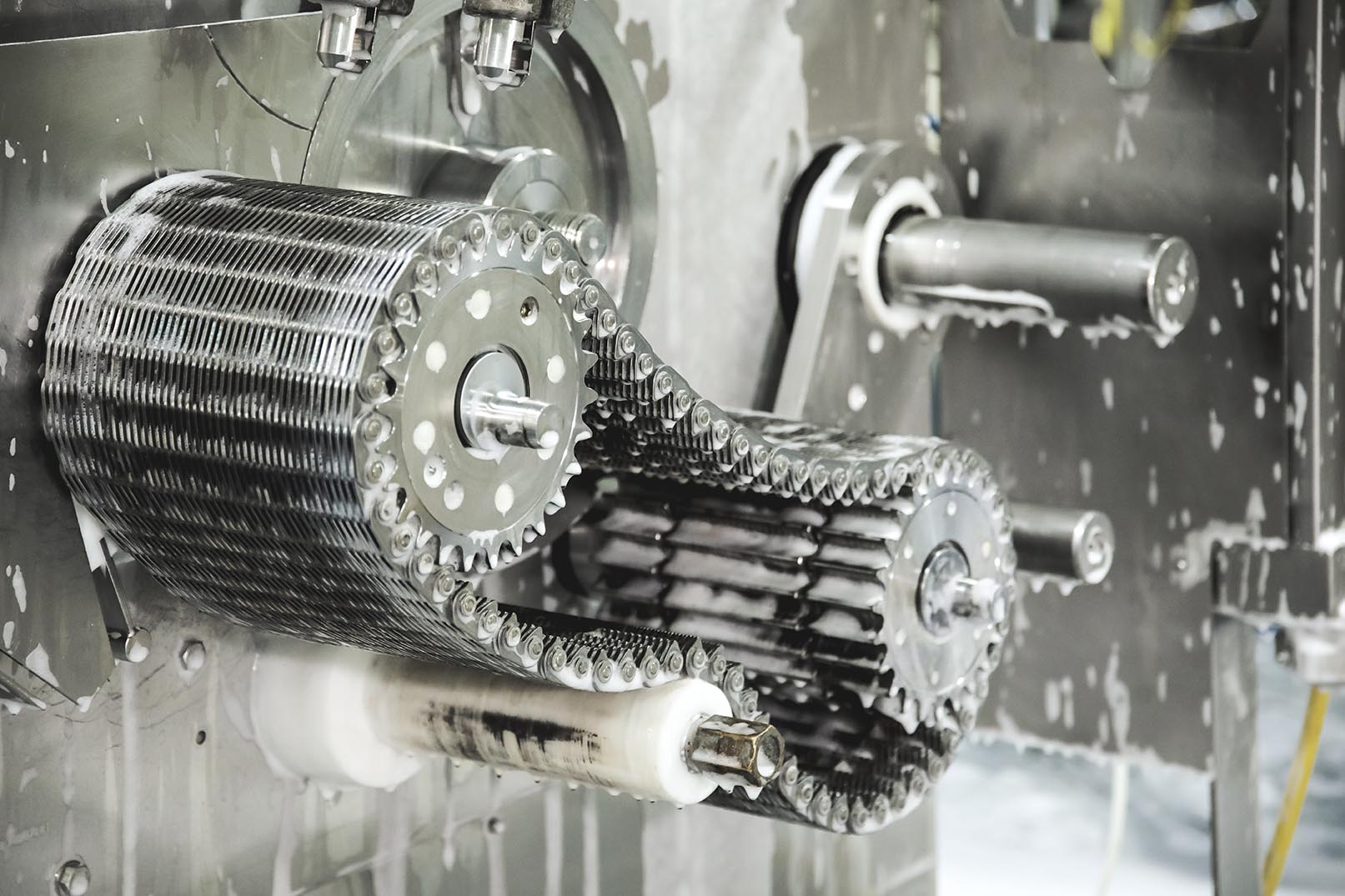MYTH: Food processing equipment must be running at all times during a sanitation shift in order to effectively clean and sanitize.
FACT: Food processing equipment can be turned off during specific portions of the sanitation shift, while still achieving the highest level of cleanliness and sanitation with the right sanitary design plan.
Running equipment, including blenders and conveyors, are one of the greatest risks related to severe injuries and death across the food processing industry. And particularly in food sanitation where employees need to gain access inside of equipment to spray, scrub and apply sanitation chemicals. The equipment itself is not only dangerous related to caught-in injuries, but the loud noise it creates can also be extremely distracting impacting communication among sanitors.
Just a simple slip or pass in judgement by even the most seasoned, expertly trained sanitors working around running equipment have resulted in catastrophic, costly accidents across the industry. In addition to diligent training and oversight of workers, a new approach was needed to figure out a safer way to limit the exposure to running equipment.
PSSI was the first contract sanitation provider to take action, implementing a new protocol focused on limiting the runtime of equipment during food processing plant sanitation.
“We are always trying to find ways to look outside the box and find solutions to important safety problems,” said Todd Mitchell, VP of Safety for PSSI. “Just because something has been done a certain way for years, doesn’t mean that it can’t be improved for the future.”
PSSI began collecting and monitoring data closely to document the impact of running vs. non running equipment on the overall effectiveness of our 8-step sanitation program. Working together with PSSI Chemical Innovations and our food safety teams, our team was able to prove that running equipment had minimal impact on the overall effectiveness of a customized sanitary design plan.
While running equipment is still necessary during certain parts of the sanitation process in most plants, it is not needed during the entire shift.
“Now rather than running equipment for 4-5 additional hours, our sanitation teams may now only need to run for 30-45 minutes depending on the plant,” continued Mitchell.
The approach has not only had an extremely positive impact on decreasing noise and the number of severe injuries across PSSI, but it has also resulted in notable cost savings for our food processing partners related to runtime energy and limiting the wear and tear on the equipment.
This is just one of several safety initiatives PSSI is leading across the industry. In addition to its new equipment runtime and stringent lockout/tagout protocols, PSSI also works directly with many of its partners to develop customized safety solutions for on-going issues affecting both food processing and sanitation employees.
PSSI recently initiated a joint safety initiative with one of its largest processing partners focused on conveyor safety. A cross functional team of sanitation, production, food safety, maintenance and engineering experts from both companies are working together to conduct comprehensive safety evaluations at targeted plants to implement new engineering controls that can help reduce injury exposure.
“Processing equipment was traditionally built without sanitation in mind,” said Mitchell. “That is changing, but making slight adjustments in design can make a big difference.”
Safety is a foundational value at PSSI and a team effort across our industry. We are committed to continue spearheading new partnerships and new solutions with our partners to improve safety and ultimately save lives, in addition to protecting the quality and safety of our partners products

